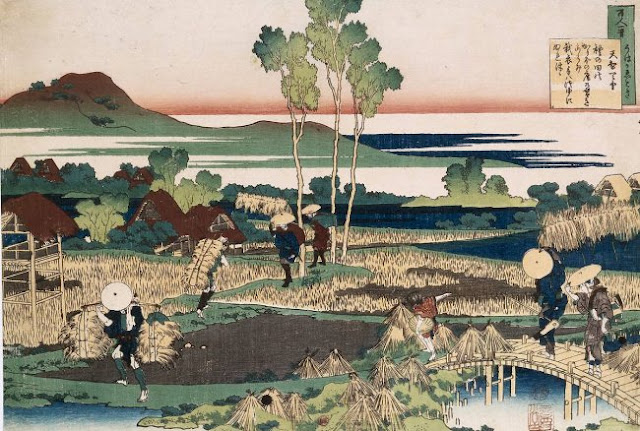The Artdog Image of Interest
World War II was a time to step up. Everyone sacrificed. Everyone did their part. No "war on a credit card" for the so-called Greatest Generation. Millions of American women--including, for the first time, middle-class, white, married women--did just that: they stepped out of their comfort zones to take industrial jobs when the vast majority of American men went overseas to fight.
In doing so, they changed their own outlook, society's understandings, and the world of working women forever.
This attitude was personified in an extremely popular 1943 song, Rosie the Riveter, by Redd Evans and John Jacob Loeb.
But Rosie really got her form from Norman Rockwell in May, 1943.
Rockwell's Memorial Day cover for The Saturday Evening Post captured the spirit of the song, and has resonated with more than one generation of women. Here's a video about the painting, and the larger phenomenon, from the Library of Congress that I really found interesting. Please note, however: it's almost 15 minutes long.
The iconic 1942 "We Can Do It!" poster from Westinghouse artist J. Howard Miller was later identified with Rosie; copyright issues made that image available much more readily than Rockwell's painting, for several decades.
At the time, people warned that letting women do a man's job would change things--and it certainly did. While the fight continues today for pay equity, and women still face discrimination of all sorts in the workplace, very few people today doubt that women can do things that go far outside the limits placed by traditional sex-role stereotypes.
In part, we have Rosie to thank for that.
IMAGES: Many thanks to Changing World's VisionWorks, for the main image of Rockwell's "Rosie." Many thanks to YouTube and the Library of Congress for the informative video. (Also to YouTube and GlamourDaze for the video and song).
World War II was a time to step up. Everyone sacrificed. Everyone did their part. No "war on a credit card" for the so-called Greatest Generation. Millions of American women--including, for the first time, middle-class, white, married women--did just that: they stepped out of their comfort zones to take industrial jobs when the vast majority of American men went overseas to fight.
In doing so, they changed their own outlook, society's understandings, and the world of working women forever.
This attitude was personified in an extremely popular 1943 song, Rosie the Riveter, by Redd Evans and John Jacob Loeb.
But Rosie really got her form from Norman Rockwell in May, 1943.
Rockwell's Memorial Day cover for The Saturday Evening Post captured the spirit of the song, and has resonated with more than one generation of women. Here's a video about the painting, and the larger phenomenon, from the Library of Congress that I really found interesting. Please note, however: it's almost 15 minutes long.
The iconic 1942 "We Can Do It!" poster from Westinghouse artist J. Howard Miller was later identified with Rosie; copyright issues made that image available much more readily than Rockwell's painting, for several decades.
At the time, people warned that letting women do a man's job would change things--and it certainly did. While the fight continues today for pay equity, and women still face discrimination of all sorts in the workplace, very few people today doubt that women can do things that go far outside the limits placed by traditional sex-role stereotypes.
In part, we have Rosie to thank for that.
IMAGES: Many thanks to Changing World's VisionWorks, for the main image of Rockwell's "Rosie." Many thanks to YouTube and the Library of Congress for the informative video. (Also to YouTube and GlamourDaze for the video and song).












